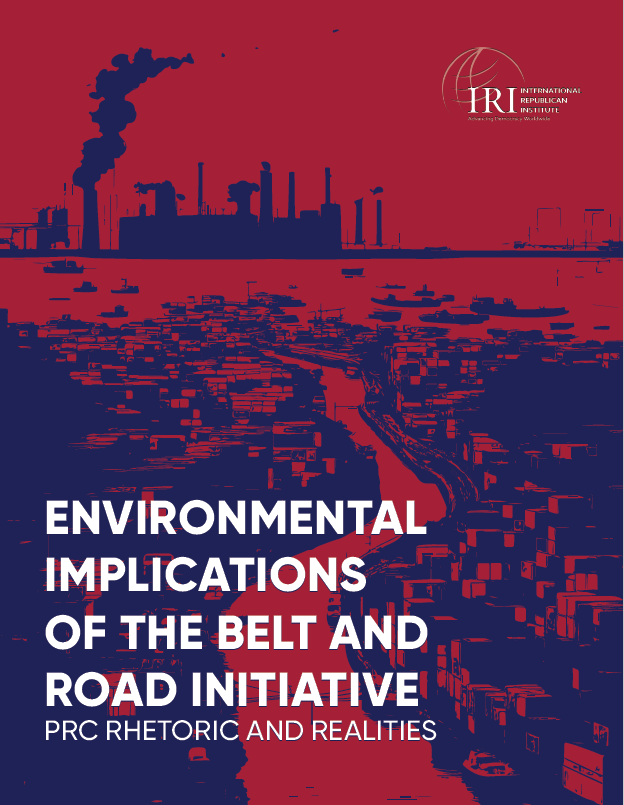Environmental Implications of the Belt and Road Initiative
PRC Rhetoric and Realities

The launch of the BRI in 2013 unleashed a wave of infrastructure development funded principally by development banks owned by the PRC. Many BRI projects have addressed energy shortages, weak transportation networks, and poor water supply. But this surge in infrastructure development has come at a cost to the natural environment and has circumvented regulatory processes in host countries. Against this backdrop, the PRC began rebranding the BRI as a green Silk Road or green BRI as early as 2015. In years since, the PRC has signaled that it is attempting to address some of the root causes of environmental damage associated with the BRI. An example is PRC President Xi Jinping’s September 2021 announcement at the United Nations General Assembly (UNGA) that China will no longer build coal power plants overseas. However, negative environmental impacts persist.
This report assesses the mismatch between the PRC’s green rhetoric and Chinese-financed development projects’ impact on the environment. The first section provides an overview of the CCP’s evolving environmental policy, regulations on PRC foreign direct investment, and corporate initiatives that address environmental-related reputational risks. The second section includes four case studies that are illustrative of the differences between PRC policy and practice. Case studies on infrastructure development in Central and Eastern Europe and among the members of the Shanghai Cooperation Organisation (SCO) expose the environmental impact of the BRI and how Chinese companies have sought to present themselves as environmentally responsible even when local civil society groups have exposed shortcomings and protested environmental damage. Examinations of the battery supply chain and renewable energy sector, and how they are often advanced via a close-knit relationship between PRC officials and local political elites, highlight the sometimes-damaging repercussions for local communities of investment in so-called clean energy.
Top